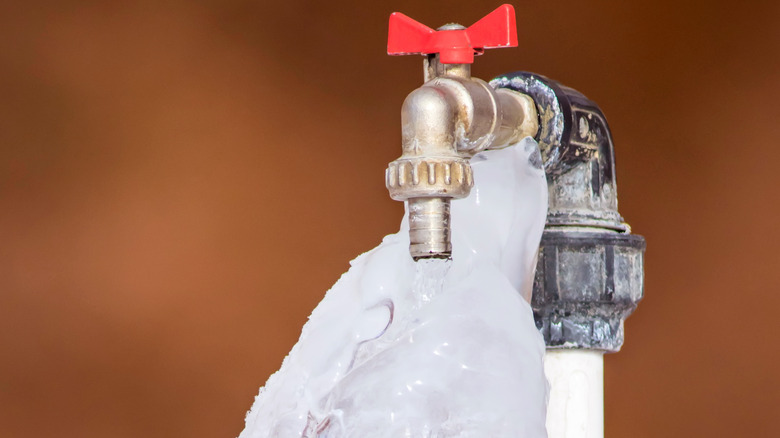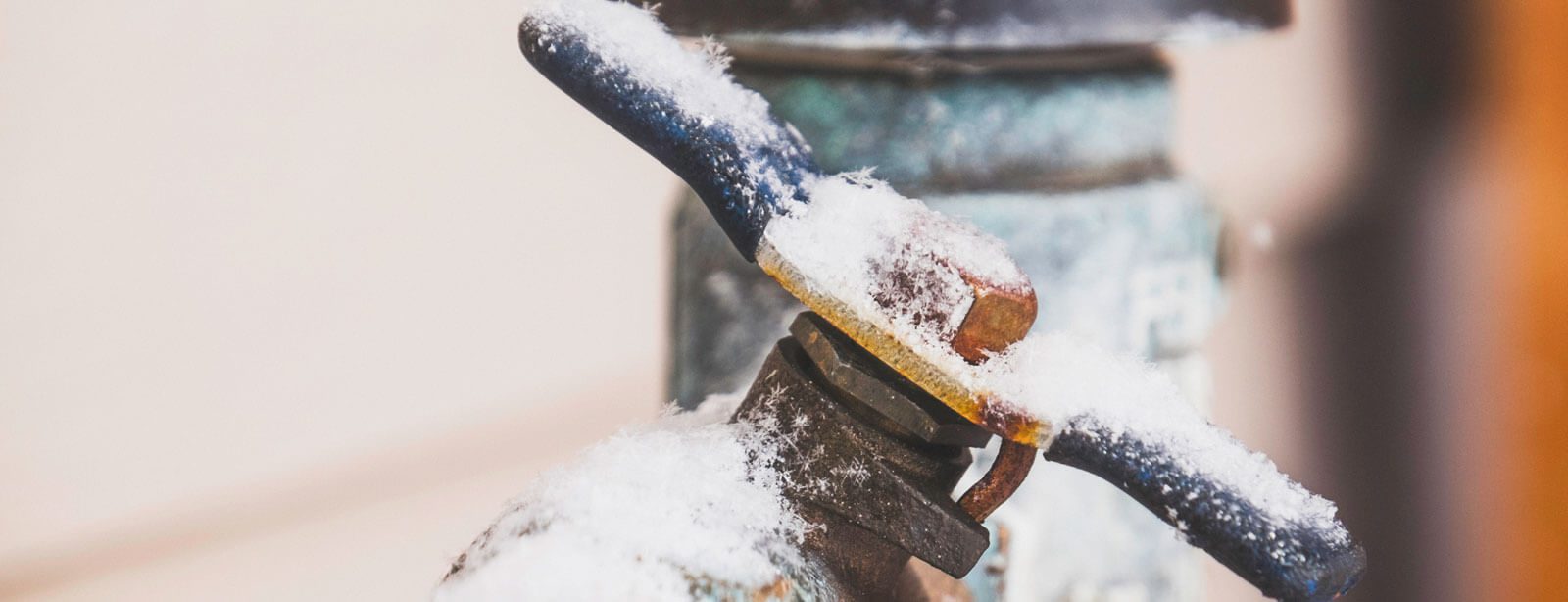Protecting Pipes from Freezing Damage: Essential Tips
Protecting Pipes from Freezing Damage: Essential Tips
Blog Article
Just how do you feel on the subject of How To Avoid Freezing Pipes?

Cold weather can wreak havoc on your pipes, particularly by freezing pipes. Here's just how to prevent it from occurring and what to do if it does.
Intro
As temperatures drop, the danger of icy pipelines boosts, potentially bring about costly repair services and water damage. Understanding exactly how to prevent icy pipes is important for house owners in cool environments.
Avoidance Tips
Insulating vulnerable pipelines
Cover pipes in insulation sleeves or utilize warm tape to safeguard them from freezing temperature levels. Concentrate on pipes in unheated or external locations of the home.
Heating methods
Maintain interior rooms properly warmed, especially locations with plumbing. Open up cabinet doors to permit cozy air to circulate around pipelines under sinks.
Exactly how to recognize icy pipes
Search for decreased water circulation from faucets, unusual smells or noises from pipes, and visible frost on exposed pipelines.
Long-Term Solutions
Structural modifications
Take into consideration rerouting pipes far from exterior walls or unheated locations. Include extra insulation to attic rooms, basements, and crawl spaces.
Updating insulation
Purchase top notch insulation for pipes, attic rooms, and walls. Appropriate insulation helps preserve constant temperature levels and reduces the threat of icy pipes.
Shielding Exterior Plumbing
Garden hoses and outdoor taps
Separate and drain garden pipes prior to winter. Set up frost-proof faucets or cover outside taps with shielded caps.
Understanding Icy Pipes
What causes pipelines to freeze?
Pipes freeze when subjected to temperatures listed below 32 ° F (0 ° C) for expanded periods. As water inside the pipes freezes, it expands, putting pressure on the pipeline walls and possibly creating them to burst.
Dangers and problems
Icy pipes can result in water disruptions, residential property damage, and pricey repair work. Ruptured pipelines can flood homes and trigger substantial structural damage.
Signs of Frozen Water Lines
Identifying frozen pipelines early can avoid them from rupturing.
What to Do If Your Pipelines Freeze
Immediate activities to take
If you think frozen pipelines, keep faucets open up to ease stress as the ice melts. Utilize a hairdryer or towels soaked in warm water to thaw pipes slowly.
Conclusion
Protecting against icy pipelines calls for positive steps and quick responses. By recognizing the reasons, indications, and safety nets, homeowners can protect their pipes throughout winter.
6 Proven Ways to Prevent Frozen Pipes and Protect Your Home
Disconnect and Drain Garden Hoses
Before winter arrives, start by disconnecting your garden hoses and draining any remaining water. Close the shut-off valves that supply outdoor hose bibs and leave the outdoor faucet open to allow any residual water to drain. For extra protection, consider using faucet covers throughout the colder months. It’s also important to drain water from any sprinkler supply lines following the manufacturer’s directions.
Insulate Exposed Pipes
Insulating your pipes is an effective way to prevent freezing. Pipe insulation is readily available at home improvement stores and is relatively inexpensive. Pay close attention to pipes in unheated areas such as the attic, basement, crawl spaces, or garage. Apply foam insulation generously to create a buffer against the cold. You can also wrap your pipes in heat tape or thermostat-controlled heat cables for added warmth.
Seal Air Leaks
Inspect your home for any cracks or openings that could let in cold air. Seal any holes around the piping in interior or exterior walls, as well as the sill plates where your home rests on its foundation. Additionally, make sure to keep your garage door closed unless you’re entering or exiting. Leaving it open creates a significant air leak that can lead to frozen pipes.
Allow Warm Air Circulation
During cold snaps, it’s essential to allow warm air to circulate evenly throughout your home. Leave interior doors ajar to promote better airflow. Open kitchen and bathroom cabinets to help distribute heat consistently around the rooms. If you have small children or pets, be sure to remove any household chemicals or potentially harmful cleaners from open cabinets for safety.
Let Faucets Drip
A small trickle of water can make a big difference in preventing ice formation inside your pipes. When temperatures drop significantly, start a drip of water from all faucets served by exposed pipes. This continuous flow helps prevent the water from freezing. Additionally, running a few faucets slightly can relieve pressure inside the pipes, reducing the chances of a rupture if the water inside does freeze.
https://choateshvac.com/6-proven-ways-to-prevent-frozen-pipes-and-protect-your-home/

Do you appreciate reading up on Prevent Frozen Pipes ? Write a comment directly below. We would be glad to hear your thoughts about this article. Hoping to see you back again in the future. Sharing is caring. You never know, you could be helping someone out. Thank you for your time. Please check our site back soon.
Estimate Report this page